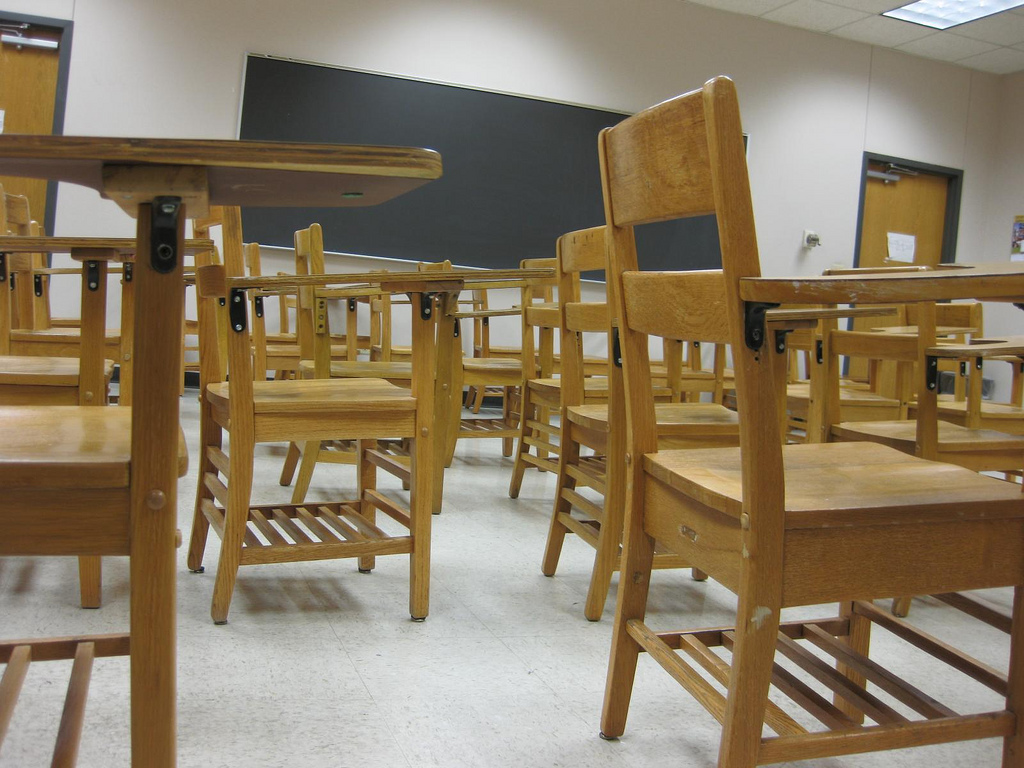Safe Schools Coalition Australia (SSC), which aims to make schools safer and more welcoming for same-sex attracted and gender questioning students, will cover every Australian state and territory by the end of this year.
SSC runs federally-funded programs in 383 public, independent and religious schools across the country and will soon add Western Australia and the Northern Territory to its ranks of participating schools. ACT, Tasmania and Queensland schools came on board late last year and the program was already advanced in NSW and Victoria, the state where it began.
SSC provides professional development programs for teachers; resources to spark discussion on various topics; support and advice for individual students, teachers and schools and advice on how to support gender and sexual diversity in schools through school policies. It also helps students organise activities, events and groups, such as gay-straight alliances to challenge homophobia and transhomophobia and confront bullying in schools.
Three-quarters of LGBTI young people reported being physically or verbally bullied, with 80 per cent of these incidents happening at school. LGBTI youth are four times more likely to take their own than their straight peers.
These statistics could be part of the reason why SSC has always enjoyed cross-party support.
SSC’s National Program Director Sally Richardson said the program was introduced by the Labor government in Victoria in 2010, partly as a response to the high numbers of students who reported being physically or verbally harassed in schools, but the Liberal government had also enthusiastically backed it.
“The new government showed its support for the program, which was really heartening and [there was] no reduction in funding in the first budget, which was a tough one,” Ms Richardson said.
Although SSC does not operate directly in schools, it provides a way that schools can approach what is sometimes a confusing and difficult topic to navigate for teachers, as much as anyone else.
“The professional development is quite high level. We discuss gender identity, intersex and sexuality so that they understand these concepts and get the language and understanding to talk about it,” Ms Richardson said.
“We give them ideas around how they as a school or as an individual might provide a more supportive environment and practical ideas about how to challenge transhomophobic or homophobic behaviour in schools but also to understand how often it might be happening.”
The cost of not addressing this bullying is high, its most painful and extreme expression found in youth suicide and self-harm but found in a number of other ways.
Ms Richardson said, “Students miss class, don’t go to the toilet all day because they’re too frightened to go, students dropping out of school or frequently changing schools to try and find a more supportive environment,” she said.
SSC receives emails from students, parents and teachers thanking SSC for the program and saying what a difference it had made.
However, there have been one or two dissenting voices, such as Family Voices Australia or the Australian Christian Lobby, which has accused SCC of pursuing “radical sexual experimentation” and promulgating “radical sexual and gender theories” that normalise same-sex attraction.
“The only concerns that we’ve heard from parents (but not directly) is those that are linked to misinformation about the program. It does worry parents a bit,” Ms Richardson said.
“We just say [to parents]: “that’s not what the program does. It focuses on creating an inclusive environment, it reduces homophobic and transhomophobic bullying and creates a positive space where diversity is respected and welcomed”.
“Once we’ve explained what the program actually does I think they quickly see that it’s misinformation. We’re about student safety and their right to a safe space to learn.
“Despite difficulties with some conservative groups the program is going great guns and expanding rapidly. It has enormous support from teachers, parents and students.”
The initiative’s is currently being assessed by the federal Department of Education and Training with a report due by mid-2017. SSC received around $8 million over four years and the funding ends on June 20 2017.
What next?
SSC has been busy producing a series of videos entitled “All of Us”, which is intended to help teachers teach the topic of gender and sexual diversity and intersex, and contains lesson plans, videos and activities. One hundred schools have registered for pack so far.
The organisation has also produced a flier asking schools to lighten up on the rules around partners and dress at high school formals – as yet unreleased.
Ms Richardson said LGBTI students often felt excluded from school formals because they were told not to bring a same-sex partner or they were unsure whether they could. Some students also felt uncomfortable conforming to a formal dress code.
Ms Richardson said schools would benefit from looking carefully at the way they approached school formals and planned for them.
“[They should look at] how they advertise it and make sure it’s an inclusive and safe space. Getting on the front foot and saying: “yes, same-sex partners are welcome and you can wear whatever you like, whatever feels comfortable”.
“Students tell us the obstacles to them attending are the outfits they can wear and whether they can bring a same-sex partner.”
She said many same-sex attracted young people ended up not going to their formal because they did not feel welcome.
School formals have become a battleground with some schools making headlines in the past for banning same-sex partners.
Brisbane Anglican Church Grammar School, an all-boys school, strongly discouraged a Year-12 student from bringing another boy to the school’s June formal; Ivanhoe Girls’ Grammar banned a female student from taking her girlfriend to a 2010 formal.
Minus18, a youth-led LGBTI organisation, held its annual Same Sex Gender Diverse Formal in April at St Kilda Town Hall for young people 21 and under with more than 500 people.
Another leaflet is about supporting schools and students who are questioning their gender identity.






Leave a Reply